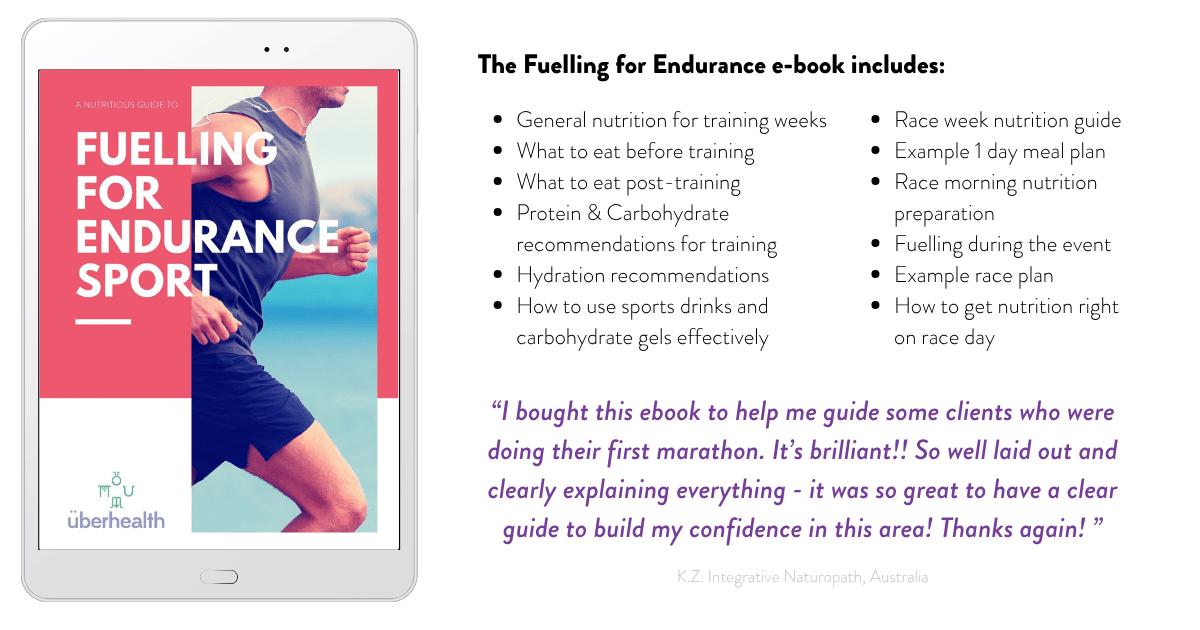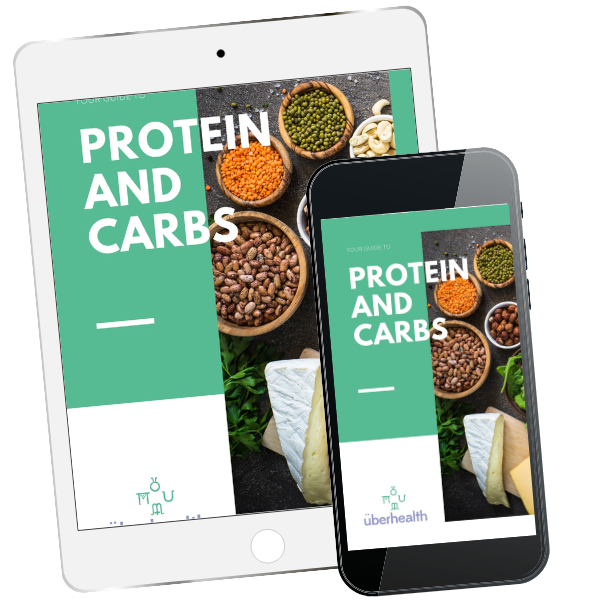Gut Training for Endurance Performance: The Missing Link in Your Nutrition Strategy

We often talk about the heart, lungs, and legs when it comes to endurance performance, but one of the most overlooked organs in your athletic success is your gut.
The gastrointestinal system is more than just a digestion centre. It’s a vital part of how well you can perform on race day.
And if you've ever experienced bloating, nausea, cramping, the dreaded “runner’s trots,” or bonking mid-event, you already know how important it is. These issues aren’t just unlucky, they’re often the result of an untrained gut.
The good news? Just like you train your muscles, you can train your gut. This articles gives some insight into how.
Note: Working with a practitioner for your specific use case and body type is recommended.
What Is Gut Training?
Gut training refers to systematically preparing your digestive system to handle the type and volume of fuel you plan to use during races or long training sessions. This includes:
- Tolerating higher carbohydrate intakes
- Improving gastric emptying speed
- Reducing gut-related symptoms like bloating, nausea, or cramping
- Enhancing nutrient and fluid absorption
It’s not just about avoiding discomfort, it’s about maximising energy delivery to working muscles and avoiding GI distress, which is one of the most common reasons endurance athletes underperform or DNF (Did Not Finish).
Why Gut Training Is Essential for Endurance Performance
Let’s get practical.
During long or intense sessions (think marathon, half-Ironman, long rides or ultra events), your body demands a constant stream of carbohydrate.
For most athletes, the goal is to take in 60–90 grams of carbohydrate per hour.
In advanced protocols, up to 120g/hour using a mix of glucose and fructose.
That’s a lot for the average gut to handle, especially if you haven’t practiced.
Without training, high intake can cause:
- Nausea
- Vomiting
- Bloating
- Cramping
- Urgent toilet stops
And once your gut becomes distressed, everything else goes downhill fast.
How Gut Training Works
Here’s what we know from current research and practice:
1. Increase Carb Intake Gradually
Start with what your gut can currently handle - say, 30–40g per hour - and increase by 5–10g weekly during long sessions. Give your body time to adapt.
2. Mimic Race Day Conditions
Practice gut training during long, hard sessions using the same products, pacing, and hydration plan as your event. Your gut doesn’t adapt unless the stress is specific.
3. Use Multiple Transportable Carbs
Combine glucose and fructose sources (e.g. gels + sports drink) to increase total carb absorption. Your gut has different transporters for each, allowing you to reach higher intakes without overload.
4. Train in a Fed State
It’s tempting to do fasted training for fat adaptation (and that has its place), but gut training requires fuel in the tank. Practise starting with a meal and adding fuel early in the session.
5. Support with Hydration
Dehydration slows gastric emptying and increases GI symptoms. Match your carb intake with fluid and electrolyte intake, especially in hot conditions.
What to Watch For
Gut training takes patience. If you:
- Jump from 30g to 90g of carbs overnight
- Try 3 new gels in one session
- Skip hydration
- Don’t simulate race conditions
…you’ll likely experience discomfort.
Start early in your training cycle and progress slowly - not the week before race day!
Nutritional Tips to Support Gut Health
Gut training works best when your digestive system is in good shape. Support it with:
- Anti-inflammatory foods (e.g. berries, leafy greens, turmeric)
- Fermented foods and probiotics to support gut flora
- Soluble fibre to promote gut motility (outside of race day!)
- Avoiding excessive NSAIDs, alcohol, or overuse of antibiotics
And yes, stress matters. Gut issues are often exacerbated by anxiety, overtraining, or poor sleep.
A regulated nervous system = a more reliable digestive system.
Real-World Scenario
Let’s say you’re preparing for a half-Ironman in 12 weeks. Your current long ride is 3 hours, and you take in about 40g of carbs per hour.
Here’s a simple gut training plan:
|
Week |
Long Ride (hrs) |
Carb Target (g/hr) |
|
Week 1 |
3 |
45 |
|
Week 2 |
3 |
50 |
|
Week 3 |
3.5 |
60 |
|
Week 4 |
3.5 |
65 |
|
Week 5 |
4 |
70 |
|
Week 6+ |
4+ |
75–90 (or race-day plan) |
By race day, your gut is a finely tuned fuel-processing machine ready to absorb what your body needs.
Athlete with Gut Trouble? You’re Not Alone
Nearly 30–50% of endurance athletes report some form of GI distress in training or racing. And in ultra-distance events, that number jumps even higher.
Don’t leave your nutrition to chance. GI issues are not just bad luck, they’re often preventable with the right approach.
If you’re an endurance athlete looking to improve fueling, digestion, performance, and recovery, you’ll love my comprehensive guidebook:
👉 Fuelling For Endurance: A Sports Nutrition Guidebook
Inside, you’ll find:
- Race-day fuelling templates
- Carbohydrate loading guidance
- Supplement advice and real-food ideas
- Tips for avoiding common mistakes
It’s designed to help you train smarter, perform better, and feel good doing it.
Because your gut should be your ally, not your liability, on race day.

FREE RESOURCE


